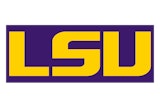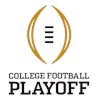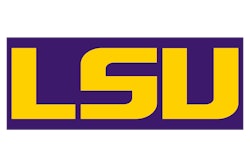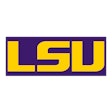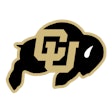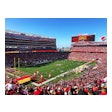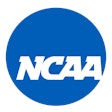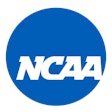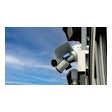
Hardwood ripples. Free-throw lanes rise. Game footage rolls and championship banners unfurl in an unexpected space — the playing surface. Welcome to the next generation of in-arena entertainment. Through the use of high-powered projectors, Scott Williams and his team at Quince Imaging can turn almost any surface into a high-definition, 3-D video display. With the Miami Heat, Brooklyn Nets and Cleveland Cavaliers among Quince Imaging’s clients, AB eMedia editor Michael Gaio caught up with Williams to learn more about the technology that gives "state of the art" new meaning.
Q: How did Quince Imaging get started?
A: I've been doing projection imaging for 33 years. This is all I've ever done. I started working with a government contractor right out of college. We'd make big projection images so admirals could visualize maps and make decisions. Projection technology has advanced. It's smaller, less expensive and brighter. The science of display, that's what we do.
Q: What goes into a pregame show like the one we saw in Cleveland in March?
A: There are two things that have to happen: Number one, the projection has to be bright as heck. Secondly, you have to be able to control ambient light. Ambient light is a showstopper.
Q: How long does the creative process typically take?
A: We like to have 60 days lead time. We'll fly out and survey the arena to find out where we can put projectors. Then we work with the team's media folks on the content. We're really the specialists in the 3-D aspects, the shimmies and shakes of the court, some of those advanced things. But the highlight reels, those are the forte of the arena's media folks, and we work together. A few days before the event, we'll come out and install the projectors and test everything.
Q: Can this be done on ice, synthetic turf or natural grass?
A: Absolutely. Now, the lighter the color of the surface, the better. A football field is more of a challenge, but it's certainly not something you can't overcome.
Q: Has any team done this beyond a single special event?
A: You know, a playoff series or something like that would be a good opportunity to do it on multiple occasions, but for the most part, these are one-time things right now.
Q: What is the overall investment by the end user?
A: I knew that was coming. [laughs] You must consider that it is somewhat expensive to do for a one-time event. You're bringing in 12 projectors that retail for $85,000 to $90,000 apiece. Then you have fiberoptic signals and very powerful media servers that can be about $75,000 each, and a typical installation would need at least two of those. I know some teams spend up to $1 million on lighting and special effects in their arenas, and for about the same price, they could have something like this.
Q: What's the next step in advancing this technology?
A: Interaction with the media is what's next for us. We are ready to deploy discrete motion tracking as an exciting new tool that enables performers to interact with the media in exciting new ways.
This piece originally ran in the May issue of Athletic Business under the headline: One on One: Bringing Another Dimension to the Fan Experience.










